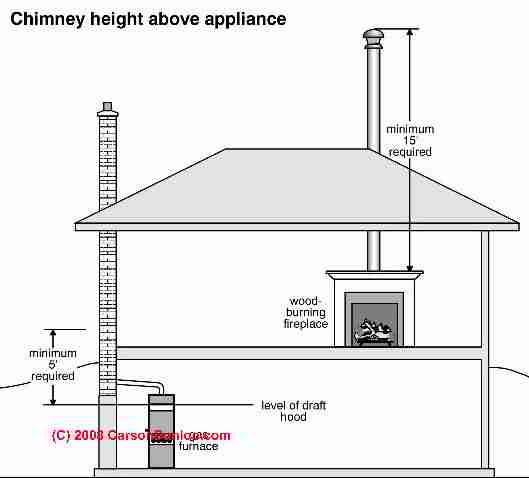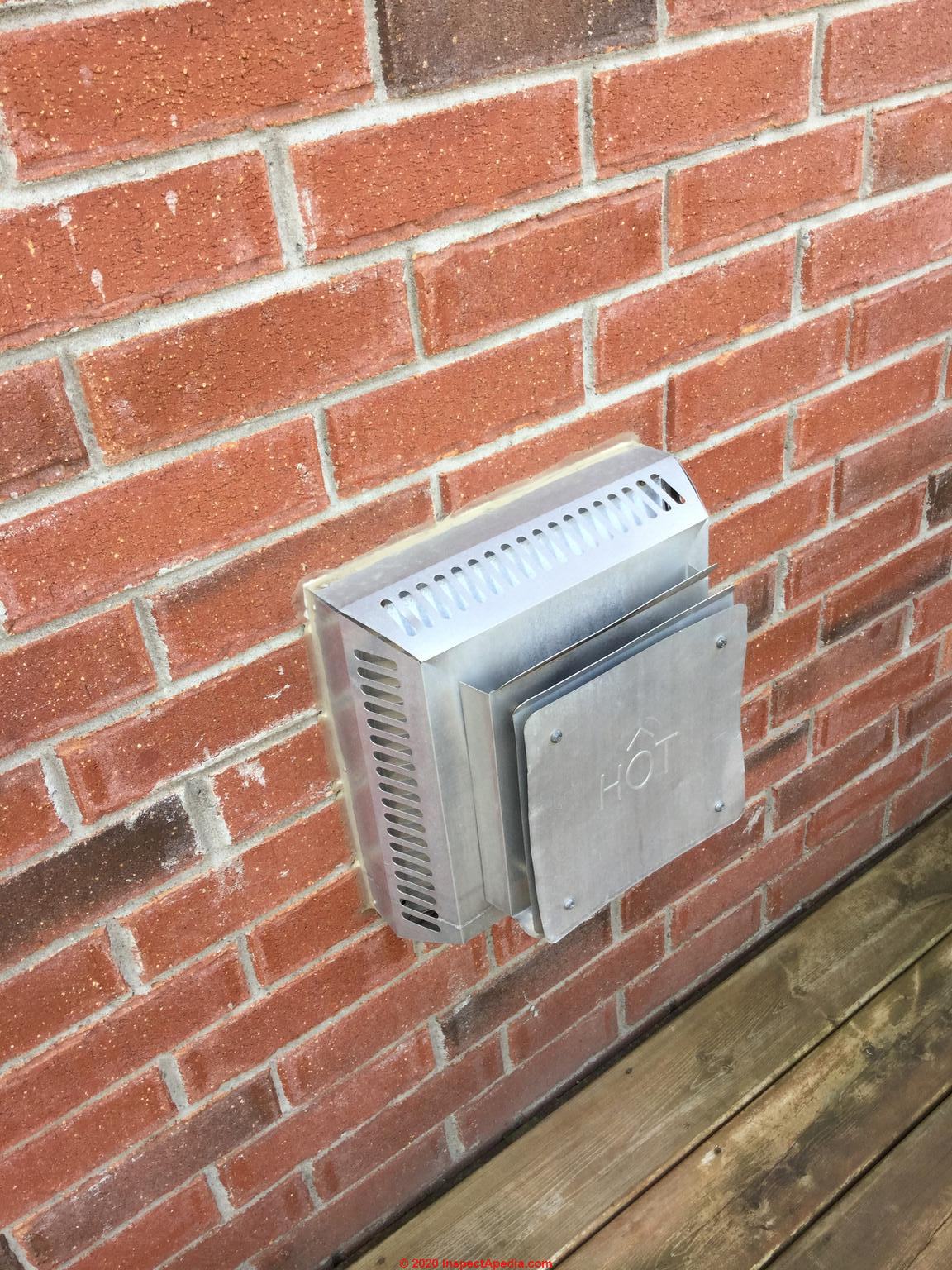Cross sectional areas of clay flue linings are shown in tables r1003 14 1 and r1003 14 2 or as provided by the manufacturer or as measured in the field.
Gas fire chimney flue regulations.
This is for masonry chimneys.
It is important for the fireplace opening to match the chimney size.
The top of the flue opening should be 3 ft 0 92 m above any roof surface.
Direct vent gas fireplace exhaust termination item clearance distance.
2 no person shall install a flue pipe so.
The height of the chimney shall be measured from the firebox floor to the top of the chimney flue.
The throat of the chimney where the smoke chamber tapers to the size of the flue should be no less than 8 inches above the firebox and should be at least 4 inches deep.
The minimum chimney height recommended for minimum performance of wood burning and multi fuel appliances is 4 5 m from the top of the appliance to the top of the chimney.
Your firebox wall needs to be 8 inches thick when lined with fire bricks or 10 inches thick without fire bricks.
Clearance above paved sidewalk or a paved driveway located on public property.
Minimum clearance distance requirements for the exterior vent termination of a gas fireplace heater 8.
The icc though suggests at least 12 inches.
1 no person shall install a gas appliance to any flue unless the flue is suitable and in a proper condition for the safe operation of the appliance.
As a rule of thumb the chimney fireplace opening should.
Be not less than 1 7 th to 1 8 th of the area of the fireplace opening if the flue or chimney height is above 6 metres.
A 225mm diameter flue of a similar height will support a fireplace with a dimension no greater than 550mm by 550 mm 22inches by 22 inches.
For a gas vent or type l vent this height must be 2 ft 0 61m or more.
A vertical line drawn along the up roof side of the chimney from the roof surface to the top of the chimney flue opening shall be at least 3 ft in height.
A flue size providing not less than the equivalent net cross sectional area shall be used.
Standard for chimneys fireplaces vents and solid fuel burning appliances nfpa 211 reduces fire hazards by ensuring the safe removal of flue gases the proper installation of solid fuel burning appliances and the correct construction and installation of chimneys fireplaces and venting systems.
Flue gases from the stove must be able to discharge freely without presenting a fire or health hazard whatever the wind conditions.
This means that the flue outlet needs to be positioned sufficiently high above the roof surface and surrounding buildings to prevent it being affected by wind eddies or downdraughts.










